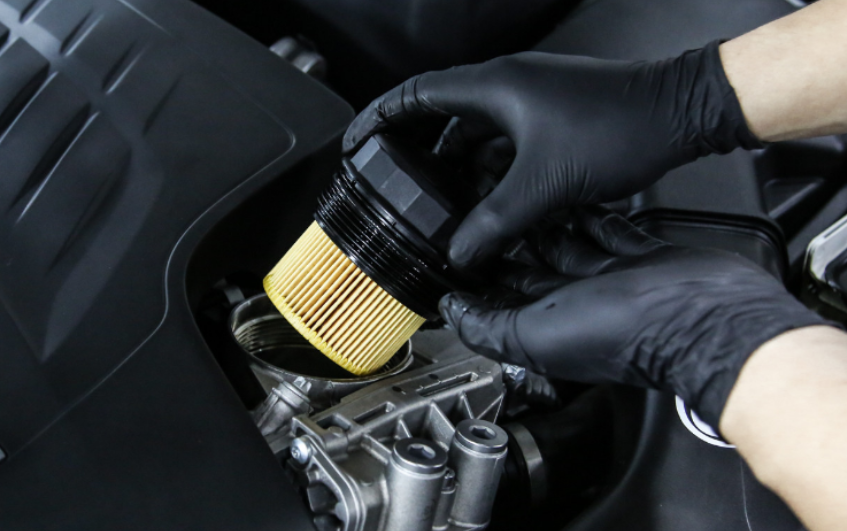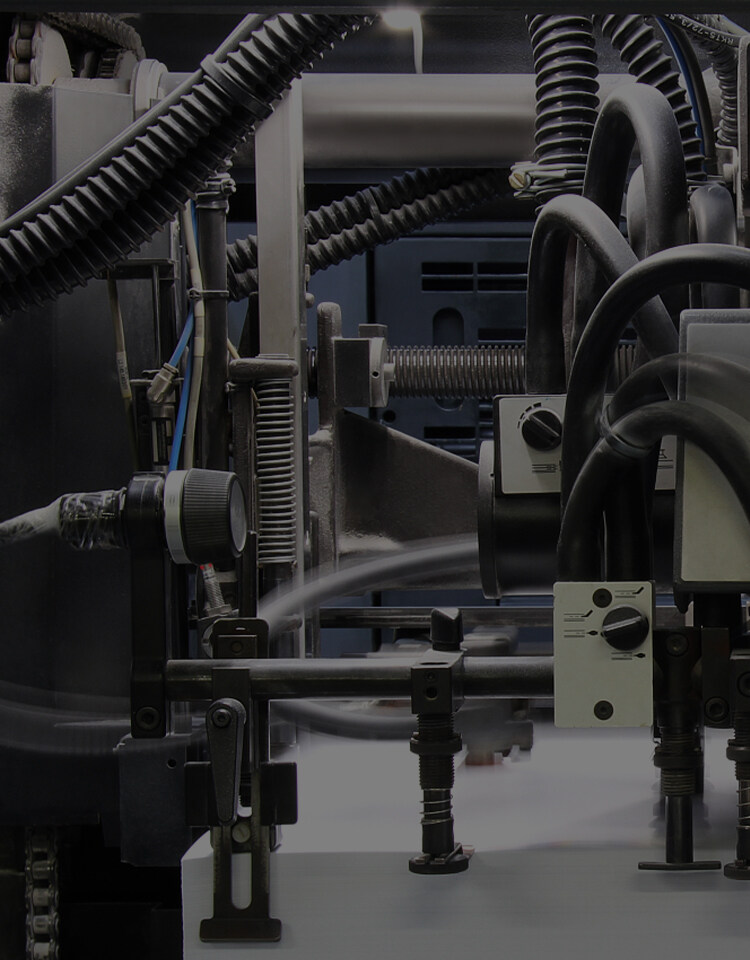The Future of Quality Control: Understanding Automatic Optical Detection Machines
In today’s fast-paced manufacturing world, ensuring product quality is more important than ever. With increased demand for precision, consistency, and reliability, industries are constantly on the lookout for advanced technologies that can keep up with these expectations. Enter the Automatic Optical Detection Machine – a game-changing innovation that’s reshaping the landscape of quality control in manufacturing.
What is an Automatic Optical Detection Machine?
Imagine a machine with the keen vision of a hawk and the processing power of a supercomputer, all rolled into one. That’s essentially what an Automatic Optical Detection Machine is. This device uses high-resolution cameras, advanced optics, and sophisticated algorithms to inspect products at various stages of production, ensuring they meet strict quality standards. Whether it’s in electronics, automotive, pharmaceuticals, or food processing, these machines are rapidly becoming indispensable.
The core function of these machines is to identify defects, deviations, or inconsistencies in products. This can include anything from tiny cracks in a semiconductor to a misaligned label on a bottle of medication. The machine scans each product, capturing detailed images or videos, which are then analyzed in real-time to detect any anomalies. If a defect is found, the product can be automatically rejected or flagged for further inspection.
Why Optical Detection?
The human eye, while impressive, has its limitations, especially in high-speed production environments where thousands of products pass through inspection lines every minute. Manual inspection can be slow, prone to errors, and ultimately, insufficient for maintaining the highest levels of quality control.
Optical detection machines, on the other hand, are capable of working 24/7, with unwavering precision. They can inspect minute details that might be easily overlooked by human inspectors and do so at speeds that are practically impossible for a human to match. This not only improves efficiency but also significantly reduces the risk of defective products reaching the market, saving companies from costly recalls and reputation damage.
How Does It Work?
The operation of an Automatic Optical Detection Machine is both fascinating and complex. Here’s a simplified breakdown of how these machines typically work:
Imaging: High-resolution cameras capture images of the products as they pass through the inspection area. Some machines use multiple cameras positioned at different angles to get a comprehensive view of the product.
Lighting: Proper illumination is crucial. Depending on the product and the type of defects being checked, different lighting techniques (such as bright field, dark field, or structured light) are used to highlight features of interest.
Image Processing: The captured images are processed using powerful software. Advanced algorithms analyze the images to identify any deviations from the desired specifications. This could involve checking for dimensions, surface finish, color consistency, or even the presence of foreign particles.
Decision Making: Once the analysis is complete, the machine makes a decision. If the product meets all quality criteria, it passes through. If not, the machine can reject the product automatically, ensuring that only items meeting the highest standards continue down the production line.
Industries Benefiting from Automatic Optical Detection Machines
Several industries have embraced Automatic Optical Detection Machines due to the immense benefits they offer:
Electronics Manufacturing: In the electronics industry, where components are often incredibly small and complex, these machines play a crucial role. They inspect circuit boards for missing or misplaced components, soldering defects, and other issues that could compromise the functionality of the final product.
Automotive Industry: In the automotive sector, the precision offered by optical detection machines is invaluable. They are used to inspect parts such as engine components, brake pads, and even entire assemblies, ensuring that every vehicle part adheres to stringent safety and quality standards.
Pharmaceuticals: In pharmaceuticals, where product purity and accuracy are critical, optical detection machines inspect tablets, capsules, and packaging for defects. They ensure that medications are safe, correctly labeled, and free from contaminants.
Food and Beverage: In food production, these machines check for packaging defects, labeling errors, and product consistency. For example, they can detect if a food package is improperly sealed or if there’s a foreign object in the product.
Factors Influencing the Automatic Optical Detection Machine Price
When considering investing in an Automatic Optical Detection Machine, one of the first questions that comes to mind is, “What’s the price?” The Automatic Optical Detection Machine price can vary significantly based on several factors:
Complexity of Inspection: Machines designed for simple tasks, like checking labels, are generally less expensive than those required for intricate inspections, such as identifying micro-level defects in electronic components.
Speed and Throughput: Higher speed machines that can inspect hundreds or thousands of items per minute typically come with a higher price tag due to the advanced technology required to maintain accuracy at such speeds.
Customization and Integration: Machines that need to be customized or integrated into existing production lines may cost more. Tailoring the machine to meet specific industry requirements or to handle unique product types can increase the overall investment.
Brand and Technology: Established brands with a history of reliability and innovation may charge a premium for their machines. Additionally, machines featuring the latest technology or cutting-edge software might be more expensive but can offer better performance and longevity.
Maintenance and Support: The cost of maintenance, training, and after-sales support also plays a role in the overall price. Investing in a machine from a company known for excellent customer service can be a wise decision, as it ensures you’ll get the help you need to keep your production line running smoothly.
Conclusion: Is an Automatic Optical Detection Machine Worth the Investment?
For many industries, the answer is a resounding yes. The ability to ensure consistent product quality, reduce waste, and increase production efficiency makes the investment in an Automatic Optical Detection Machine worthwhile. While the initial cost can be significant, the long-term benefits – including fewer product recalls, higher customer satisfaction, and improved brand reputation – can far outweigh the expense.
As technology continues to advance, we can expect these machines to become even more sophisticated, offering even greater capabilities at more accessible prices. Whether you’re a small manufacturer looking to improve quality control or a large enterprise seeking to enhance production efficiency, exploring the possibilities of an Automatic Optical Detection Machine could be the key to staying competitive in today’s demanding market.


